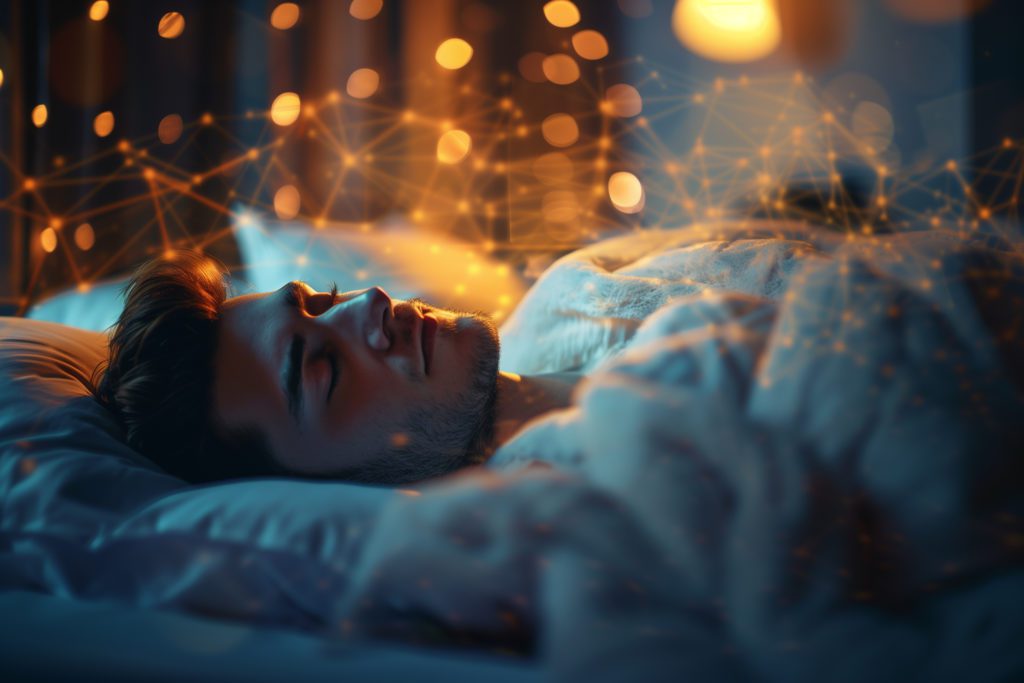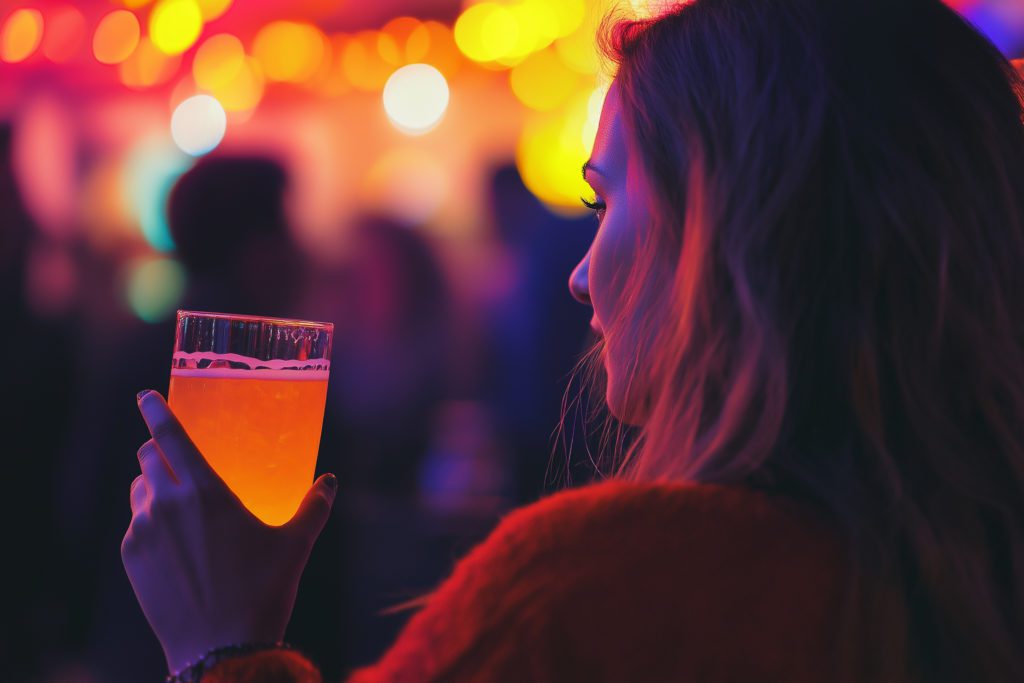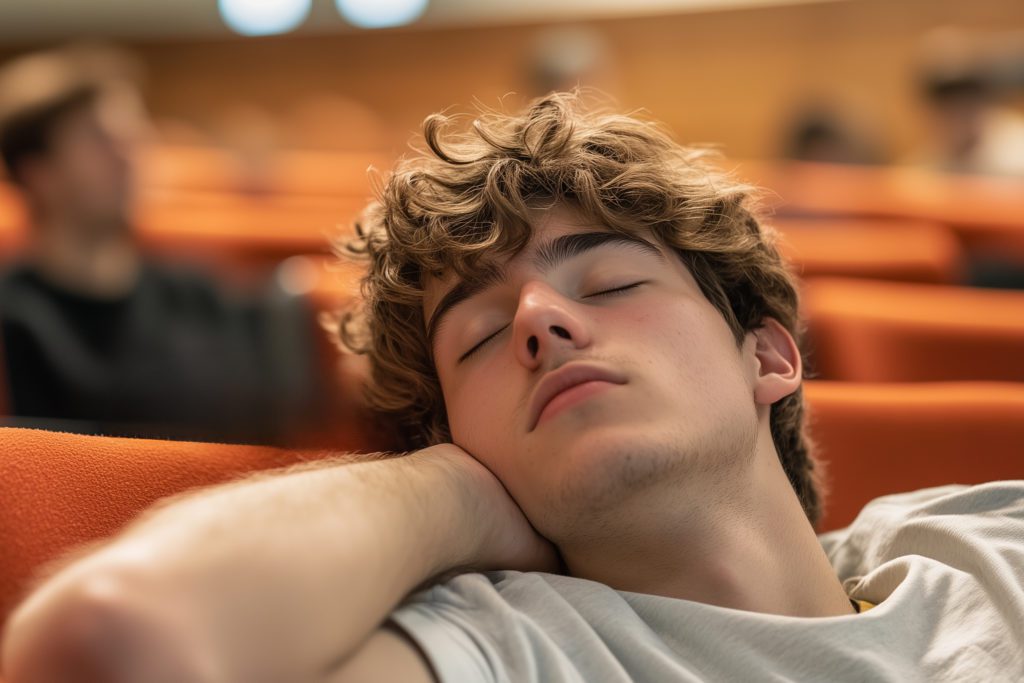
Understanding Dark Circles: Causes and Types
Not all dark circles are the same—learn about the types of dark circles, what can cause them, and how to reduce their appearance.

Have dark circles taken up a permanent residency underneath your eyes? Don’t worry; you’re not alone—dark circles are up there with wrinkles in terms of common facial skin woes.
The challenge with dark circles, though, is that there are many different causes, which can make finding an effective treatment challenging. To help you out, we’ve created this guide to dark circles to go over what can cause them, how the different causes affect how they look, and some at-home remedies you can try right now to reduce their appearance.
What Causes Dark Circles?
There are many possible causes of dark circles, some genetic, others due to your lifestyle, and others resulting from medical conditions.
Fatigue
Most people blame their dark circles on a lack of sleep, with dark circles often considered to be indicative of sleep deprivation. This blame isn’t entirely misplaced, either, because when you don’t get enough sleep, your skin can become dull and pale, making the blood vessels and dark tissues beneath the skin more noticeable.
Fatigue may contribute to dark circles in another way, as well. When you don’t get enough sleep, fluid can build up under your eyes, making them appear puffy. Puffy eyelids may then cast a shadow on your eyes, creating dark circles.
However, while most people blame a lack of sleep for their dark circles, there are many other possible causes.
Age
While fatigue is most often blamed for dark circles, the most common reason for them is actually aging. This is because, as you get older, your skin tends to get thinner and sag as the amount of collagen and fat within it decreases. Thinner skin allows the blood vessels underneath to be more visible, and sagging skin can create hollows that become shadowed, both of which can result in dark circles.
A Side Effect of Medication
Certain drugs—specifically ophthalmic solution drugs used to treat glaucoma—may cause dark circles. Generally, if these drugs cause dark circles, they develop within 3-6 months of starting them.
Sun Exposure
Did you know the sun can do more to your skin than burn or tan it? It can also cause dark circles because too much sun can produce excess melanin, which is the pigment that gives your skin color. While this can result in a tan on the rest of your body, excess melanin may be deposited beneath the eyes, causing hyperpigmentation and the appearance of dark under-eye circles. This phenomenon is known as post-inflammatory pigmentation.
Eyestrain
If you spend your day looking at a computer screen, you may strain your eyes, which can cause the blood vessels around them to enlarge. If you have fairer skin, these blood vessels may become visible enough to cause dark circles.
Dehydration
When you’re dehydrated, your skin can appear dull and thinner, which can make your eyes look sunken, resulting in the appearance of dark circles.
Genetics
Sometimes, it really is in your genes. One study found a strong genetic association for dark circles in 63% of the participants. If this is the case, the inherited trait can be seen in early childhood, and the dark circles may lighten or darken over time.
A Health Condition
In some cases, your dark circles may be because of an underlying health condition. For instance, anemia is a health condition characterized by low red blood cell counts that can cause dizziness, weakness, and light-headedness. In addition, one study found that 50% of those with dark circles had anemia, likely because anemia can cause the skin to appear paler. When anemia is treated, the dark circles often go away.
Allergic reactions, as well, can cause dark circles. This is because an allergic reaction triggers your body to release histamines, which causes red, itchy, and puffy eyes. When you scratch your eyes, there may be inflammation and broken blood vessels, which can lead to post-inflammatory pigmentation.
The Different Manifestations of Dark Circles
While the term dark circles is often all-encompassing, how the dark circles look can vary based on their cause.
Bluish or vascular under-eye circles result when the blood and lymphatic microcirculation fail within the eye contour—they are too slow, which causes blood pigmentation to accumulate, leading to the bluish-purple color. These dark circles most often affect those with fair skin since it is easier for the pigmentation to show through.
Another type of dark circle is a pigmented circle, which results from a deposit of melanin. This type is often genetic and affects those with dark skin since they naturally have a higher melanin production.
The final type of dark circle, which often appears dark brown or black, results from hollow, sunken eyes. When the bone structure of the face emphasizes the hollow under the eye, it can cast it in shadow, especially if there is light shining from above.
Treating Dark Circles with At-Home Remedies
Dark circles can have many causes, so what works for one person may not help another, which can be frustrating.
Consider the causes above to narrow down what you may be susceptible to, such as a sleepless night or not drinking enough water. As for how to address these causes, try implementing these at-home remedies—some reverse the potential causes above, and others directly improve the appearance of dark circles:
- Get enough sleep each night
- Apply a cold compress to your under-eyes for 20 minutes
- Drink more water
- Add more fruits and vegetables to your diet
- Place chilled, soak black or green tea bags over your eyes for 10–20 minutes
- Elevate your head while sleeping with an extra pillow or rolled-up blanket.
The Dark Truth of Under-Eye Circles
While it’s often easy to blame a lack of sleep for your under-eye circles, it’s not always the cause. In fact, in most cases, dark circles under your eyes are simply the result of your skin’s changes as you age, although other causes can include dehydration, sun exposure, and various medical conditions.
Ultimately, by prioritizing your health and getting enough sleep and water, you can improve the quality of your skin, reducing the appearance of dark circles. Cold compresses under the eyes can also help boost your skin and quickly eliminate these dark invaders.

Written by
Jessica G
Medical writer freelancer who has written hundreds of articles on varying topics. Masters of Engineering degree in Biomedical Engineering.
Download Pillow
Get help
Press & News
Legal
Connect
X (Twitter)
Company
Copyright © Neybox Digital Ltd.



